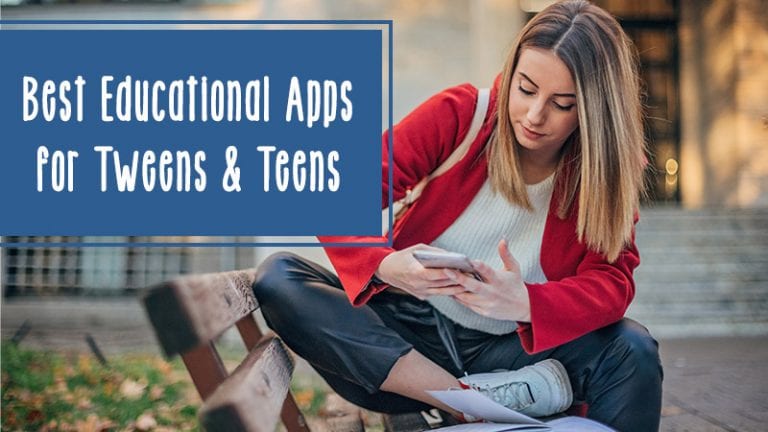When we were in school, budding artists lugged around black sketchbooks and convened at informal coffee houses to share their talents. Today’s kids gather inspiration online via Pinterest and showcase their singing and storytelling skills on YouTube and Snapchat. Here are five ways you can use social media as a teaching tool to fuel student creativity.
1. Use social media as a teaching tool to talk about audience
Between sites like Facebook, Twitter, and Pinterest, it’s never been easier to put one’s artwork out there for the world to see. As you know, however, young people aren’t always intentional about what they share online.
As students work on a project, you might talk about audience in social media terms. Who is the work for? “Friends only”? The world? Or perhaps just the artist him- or herself. How does the intended audience change the work? Connect your discussions to famous artists in history and their intended audiences. How might have Depression-era photographer Dorothea Lange’s work been affected, for example, if she had access to Facebook?
2. Invite students to respond to social media in a creative way
At its essence, social media is about conversation: “Here’s what I think—how about you?” Other people’s Facebook posts, YouTube videos, and blog entries can often stir a deep emotional or intellectual response.
Try challenging your students to choose a post, video or pin as inspiration for their own works of art, whether it’s a drawing, piece of writing, graphic or short film. You might encourage students to share their responses on a different social media platform than the original posts with the goal to broaden the conversations and their reach.
3. Discuss the definition of art itself
One person’s idea of a masterpiece is another’s idea of junk, and nowhere is that truer than social media, where everyone gets to play curator of what they think is important, worthwhile or beautiful.
As a class, try browsing the blogs, Facebook pages or Twitter feeds of various writers, artists, and performers. Talk about how individual posts help to shape these artists’ vision and message. Then invite students to create their own Pinterest boards that convey their personal definitions of art or creativity.
4. Try brainstorming with social media
Before beginning a new artistic project, have students create inspiration boards or collages using Pinterest or InstaCollage. Technical theater students might create a board illustrating their ideas for a set, for example, while creative-writing students can collect inspirational images for a short story. Encourage students to describe in the captions how the various images will contribute to the overall vision.
5. Look for examples of student work online
We love how social media has made it so much easier to find real—and incredible—examples of student work online. Try searching for kids’ paintings on Pinterest or videos on YouTube and you’ll find some amazing achievements that will show students the range of what can be accomplished by people their own age. You’ll drive home the message that everyone truly can be an artist, no matter their skill set!
Have you ever used social media as a teaching tool? We also love these ideas for using Instagram in the classroom!

